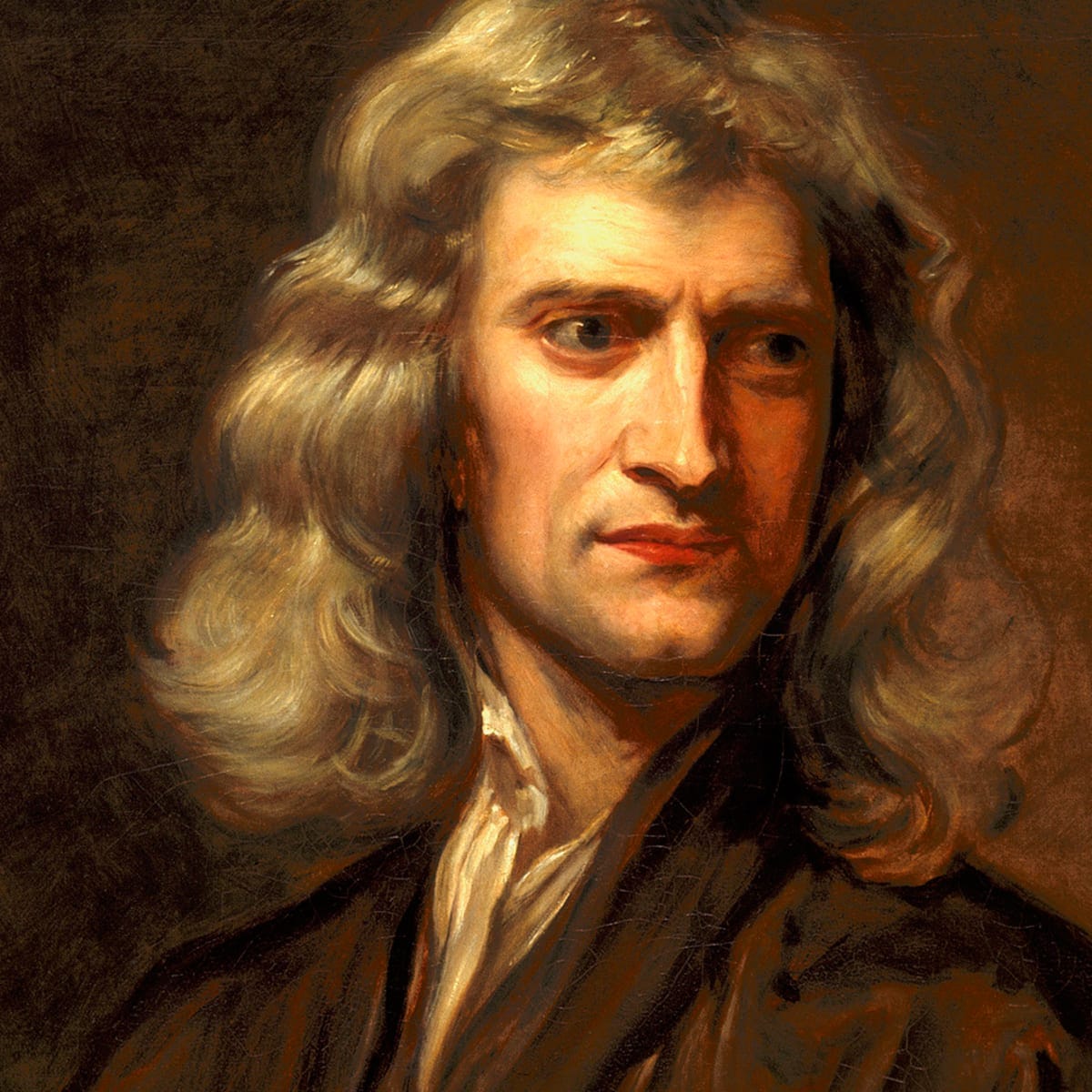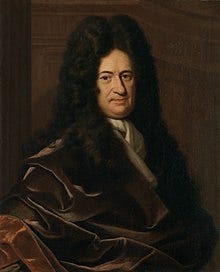Newton's Annus Mirabilis - The Miracle Year of 1666
The story behind one of the most significant years in the history of science
Greetings, fellow scientist
When God doesn’t grant your miracles, remember that you are the miracle he sent for somebody else - Nick Vujicic
Annus Mirabilis is a Latin phrase that translates to 'Miraculous Year' or 'Year of Wonders'. It was first used in 1603 by English writer Thomas Dekker in his pamphlet 'The Wonderful Year'.

The term Annus Mirabilis was originally used to refer to 1666, Sir Isaac Newton's year of wonders. In 1665, London was hit by the Great Plague, the worst after the Black Death of 1348. It killed approximately 100,000 people in just 18 months. At the time, Newton had just received his BA degree while studying at Trinity College at the University of Cambridge.

As Newton himself described, these years were the most creative and fruitful in his entire career:
For in those days, I was in the prime of my age for invention and minded mathematics and philosophy more than any time since.
The Calculus Controversy
Forced by the circumstances to live in quarantine, Newton started working on a mathematical technique called Calculus, a branch of mathematics whose principles govern most of the stuff happening around us.
Calculus helps us understand the changes in a variable quantity concerning a parameter it is dependent upon. For example, changes in the velocity of a ball as it is dropped mid-air concerning time, due to the effects of earth's gravity.
Although the roots of some of its ideas can be found in Greece, China and India; Isaac Newton and German mathematician Gottfried W. Leibniz are generally credited for developing calculus.

Newton had done his study much before Leibniz, but he published his work much later. A dispute erupted when Newton accused Leibniz of plagiarism. But some poor decision-making caused Leibniz to lose his support. The Calculus Wars ended with the death of Leibniz. Although the legacy of Leibniz is not much cherished, the modern world recognizes both of them as the independent discoverers of Calculus.
The Colourful World
Soon, Newton got busy with his mission to find out the true composition of visible light. The revelations from his famous prism experiment were astounding. He performed this experiment in what is sometimes called Newton's Chamber, a darkroom in his home with wooden shutters.

In his first attempt, he allowed a fine circular beam of light to pass through a prism and fall on a white sheet of paper. The result was a white circle with a blue band on the bottom and a red band on the top. In his second attempt, a very thin pencil of sunlight got separated into a familiar continuous band of seven colours, which we call a Rainbow. Newton had just found the secret of one of the most beautiful phenomena of nature!
This phenomenon of splitting white light into its constituent colours after passing through a prism is known as dispersion.
As it turns out, a light ray isn't just a wave of a single wavelength, instead, it is a packet of several waves of different wavelengths. Different wavelengths mean different colours which combine to give white-coloured light. On passing through a prism, different wavelengths are refracted at different angles, so when they come out, they are easily distinguishable.

Then he went a step further. He placed a second prism behind the first, this time in an inverted position. The result was as he had expected. The different colours passing through this second prism recombined to produce white light. He explained these results in his public lectures and eventually published them in his highly acclaimed work, Opticks which was published in 1704.
An Apple that Changed the World
The 24-year old didn't stop here. Perhaps his greatest achievement was formulating the Universal Law of Gravitation, which states that every particle in the universe attracts every other particle with a force that varies directly as the product of their masses and inversely as the square of the distance between them.

As narrated by her niece Catherine Barton, Newton is reportedly believed to watch an apple falling from a tree at Woolsthorpe Manor. This was the moment when he first thought of a possible mechanism that made the apple fall to the ground every time.
Then came a genius moment. If a force acts between the apple and the Earth, wouldn’t it be correct to say that the same force extended to a distance as far as the moon and kept it in orbit around the Earth? His Eureka moment was a turning point in the history of mechanics and astronomy.

The force responsible for this attraction is called gravitational force, which is one of the four fundamental forces of nature. The law was later confirmed, when the results of the Cavendish Experiment in 1798 yielded accurate values of the gravitational constant, G; which appears as the constant of proportionality in the mathematical equation of the law.
The ideas of this most notable discovery by Newton were later advanced by Albert Einstein in General Theory of Relativity, a story to which we will return.




